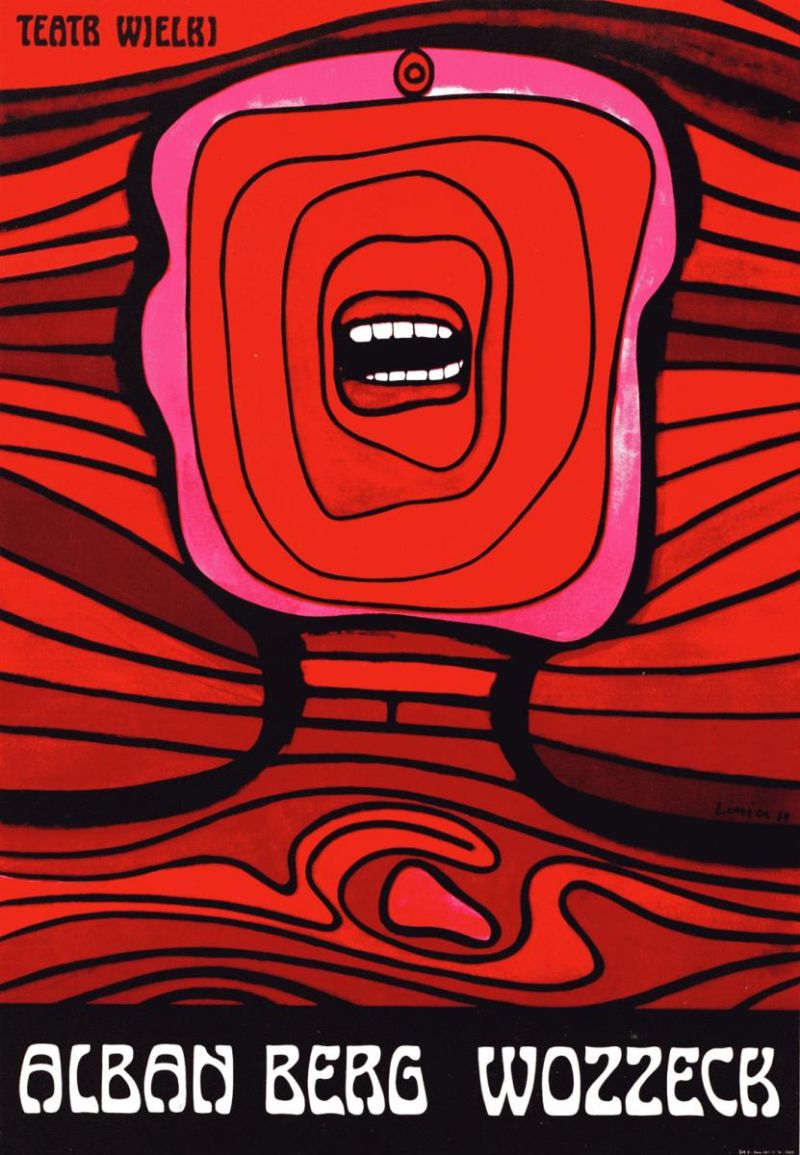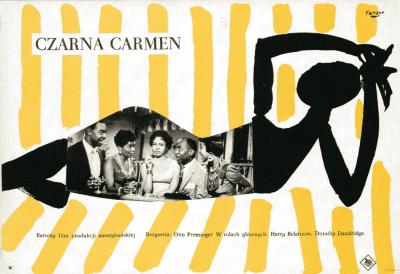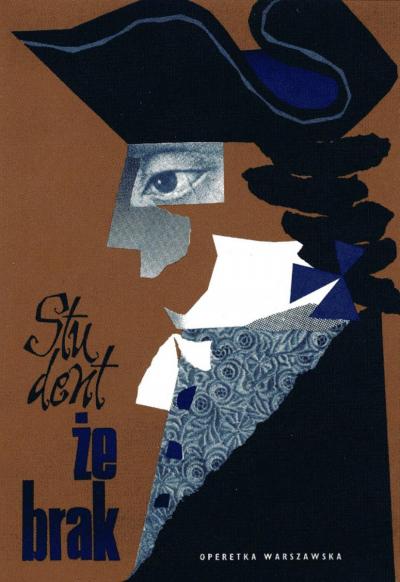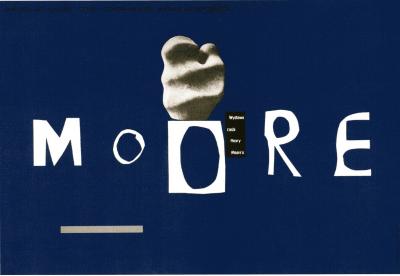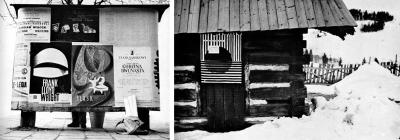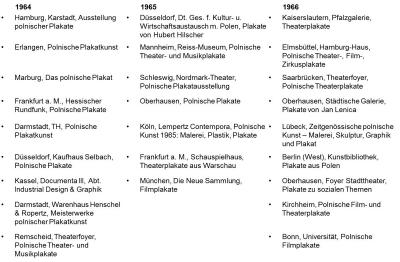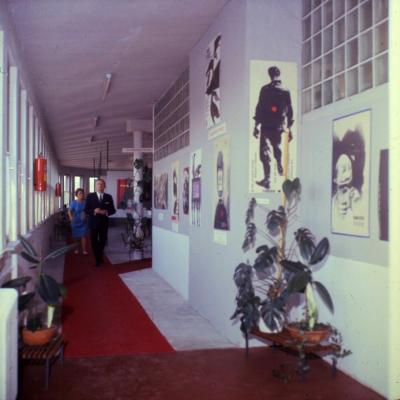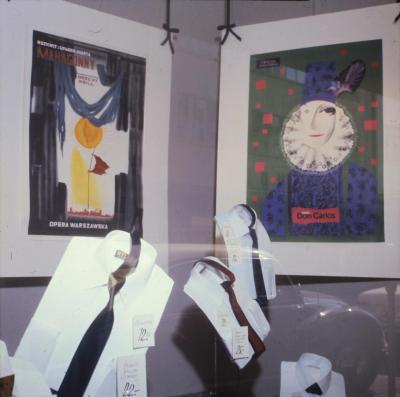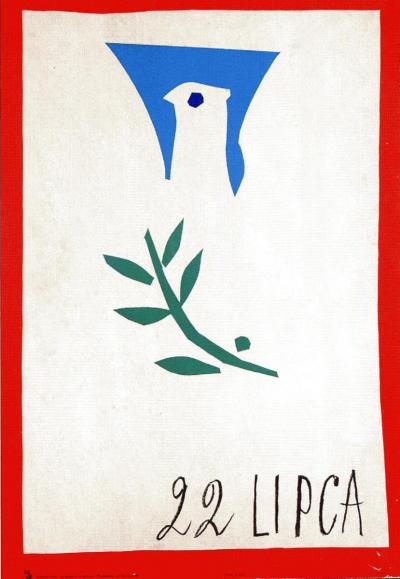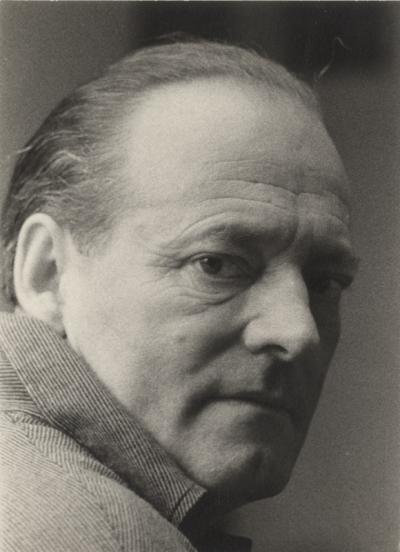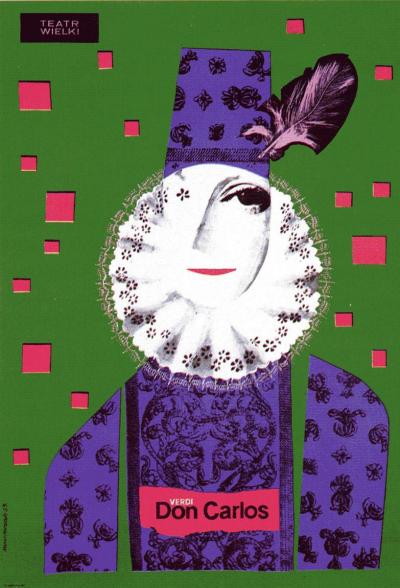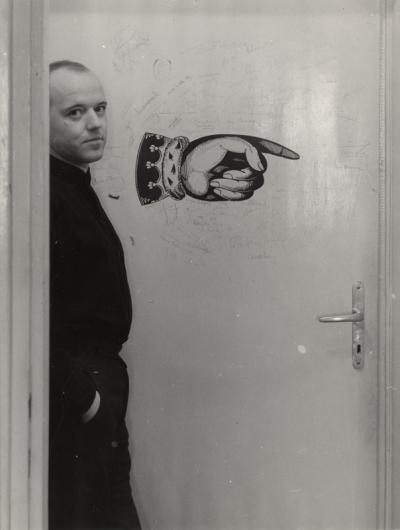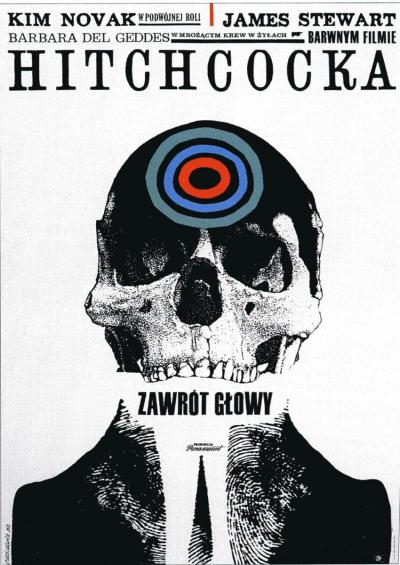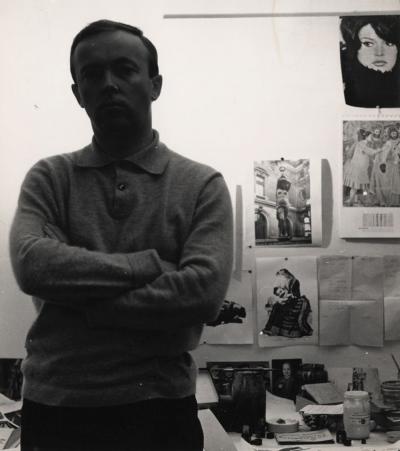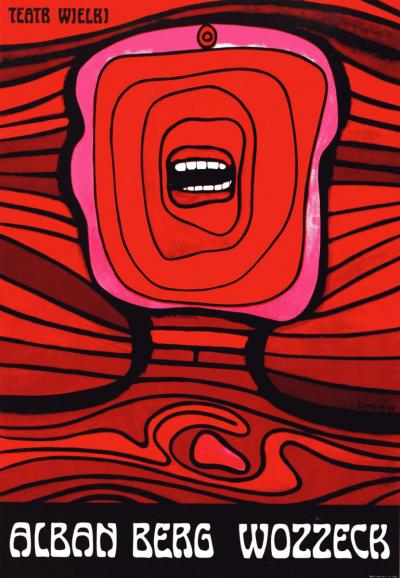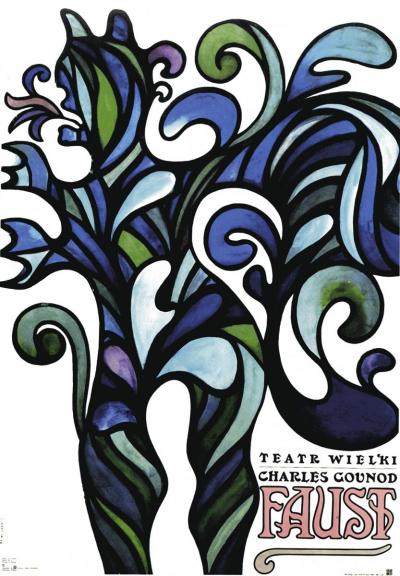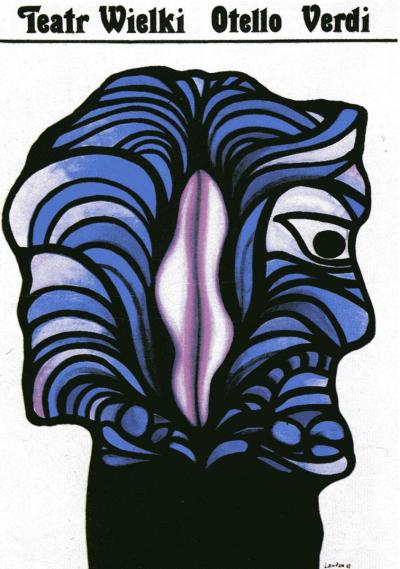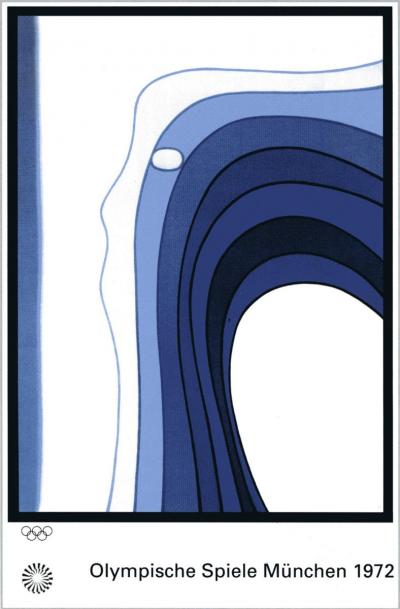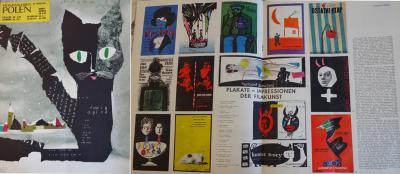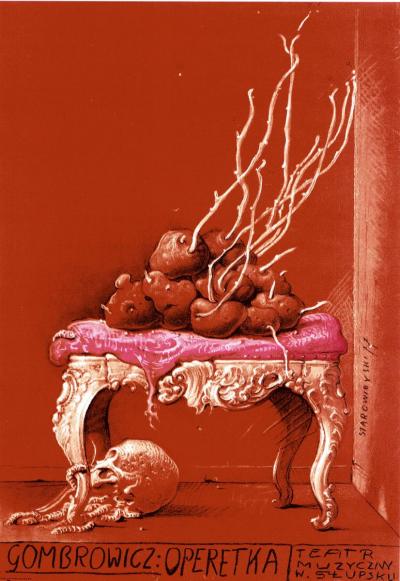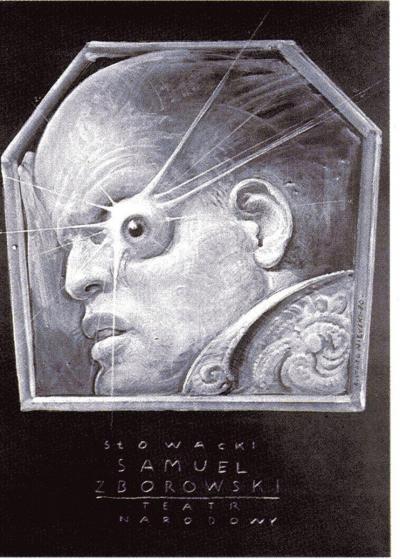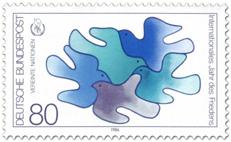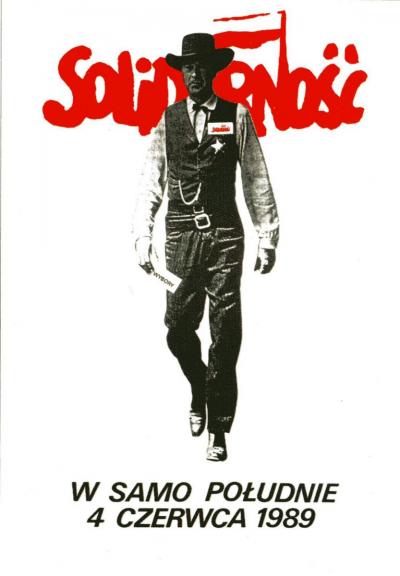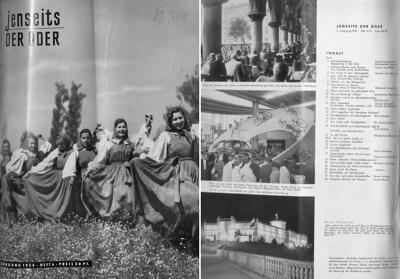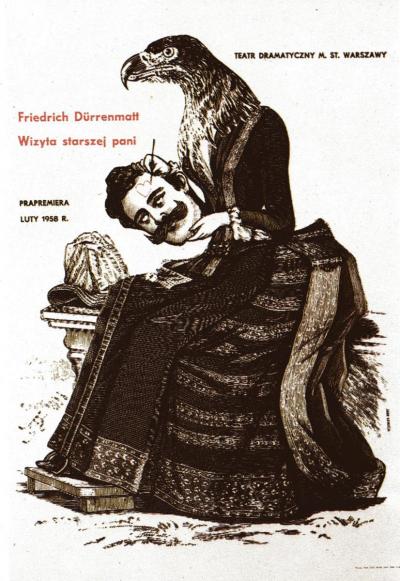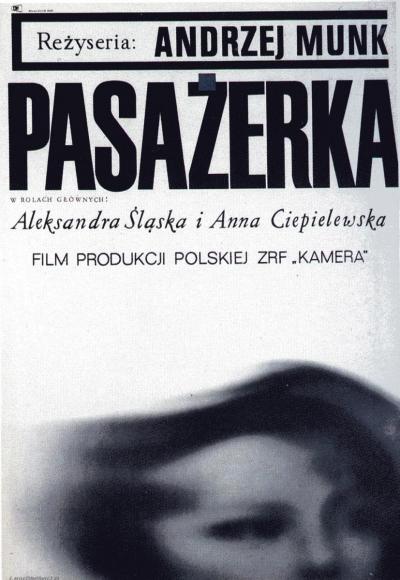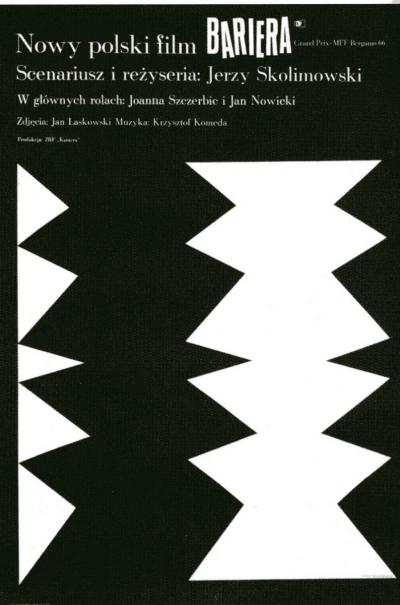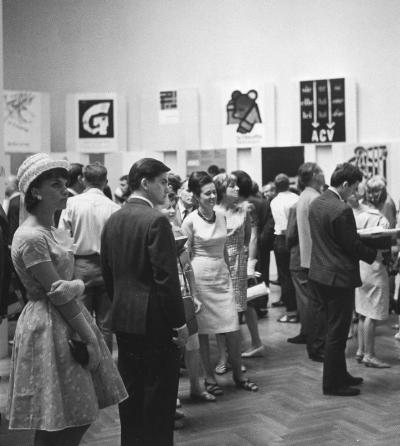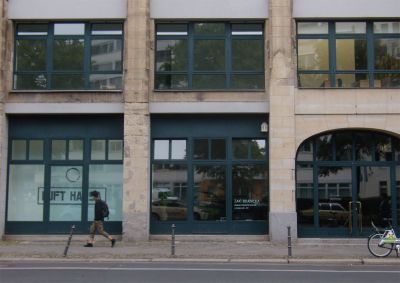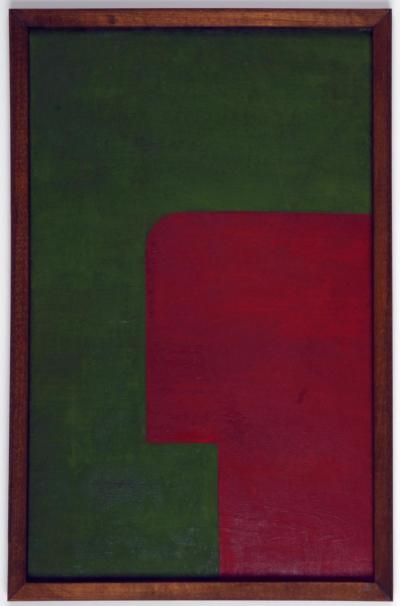Polish poster art in post-war Germany
Mediathek Sorted

In addition to the exhibitions, periodicals and book publications also served to mediate the work in the Federal Republic of Germany. The Bund deutscher Gebrauchsgraphik (Federal Association of German Commercial Artists) was particularly committed to publishing regular reports on Polish poster art in its journal "Gebrauchsgraphik". The same applies to the legendary monthly magazine "Polen" published by the Warsaw Polonia publishing house; it was released in several European countries, including a West German and an East German edition, and enjoyed an extensive readership in the Federal Republic due to its refreshing presentationt. (Fig. 18)
In addition, there were various book publications, including a volume entitled "Polish Poster Art" by Józef Mroszczak, which was published in German in 1962. It contained introductory contributions by Jan Lenica and Białostocki and used examples from more than 40 artists to portray a broad panorama of contemporary Polish poster art.[14]
Towards the end of the 1960s the Polish Wave slowly faded in Germany. By contrast, the Warsaw Treaty was signed in December 1970 as part of the New Eastern Policy under Willy Brandt, which laid the foundations for the normalisation of German-Polish relations and the establishment of diplomatic relations. Cultural contacts were thus also put under new auspices and this triggered a new, if small, Polish wave.
Polish posters and poster artists continued to enjoy unbroken popularity (although, in the eyes of some critics, their quality had "passed its zenith")[15], and posters continued to be collected by museums. Thus, one of the first exhibitions at the newly founded Deutsches Plakatmuseum in Essen in 1971 was devoted to "Four Polish poster artists", namely Roman Cieślewicz, Jan Lenica, Józef Mroszczak and Henryk Tomaszewski.[16] In 1984 the major retrospective "Post-War Polish posters" in the New Munich Collection was put together entirely from the museum's own stocks.[17]
New names and new visual languages were added in the 1970s and 1980s. In particular, posters by Franciszek Starowieyski (1930-2009) were in demand during this period. (Fig. 19-20)
In addition, some of the poster artists who had been regularly represented at exhibitions since the late 1950s and early 1960s remained present in Germany, above all Roman Cieślewicz[18] and Jan Lenica. Lenica in particular remained closely associated with the Federal Republic of Germany. By this time he had made a name for himself there not only as a poster artist, but also as a cartoon film artist, stage designer and children's book illustrator, for which he was awarded numerous prizes, including the 1965 Federal Film Prize and, in 1980, the poster prize of the city of Essen. He was also involved in the "Olympia" poster edition for the 1972 Olympic Games in Munich (see fig. 17 above). In 1979 he was appointed to the newly awarded chair for animated film at the Kassel College of Art. And he also left his mark on the West German landscape of commercial graphics as a designer of postage stamps for the Deutsche Bundespost (for example, the International Peace Year 1986). (Fig. 21)
[14] Józef Mroszczak, Polnische Plakatkunst, Wien und Düsseldorf 1962
[15] FAZ, 24.7.1972, p. 22
[16] "Vier polnische Plakatkünstler", Essen, Deutsches Plakatmuseum, 1.-30.9.1971
[17] "Polnische Plakate der Nachkriegszeit. Eine Auswahl aus den verborgenen Depots", München, Die Neue Sammlung, March-May 1984
[18] Cieślewicz, for example, dedicated his 1984 retrospective in the Kunsthalle Darmstadt to the Deutsche Polen Institut: “Roman Cieslewicz: Plakate, Affiches, Posters, Collages”, Darmstadt, Kunsthalle, 30.9.-11.11.1984
















































































